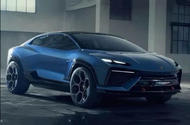Lanzandor is a high-riding 2+2 saloon
First look at electric 2+2 due in 2028 surfaces on social media before reveal on 18 August
The Lamborghini Lanzandor concept, which previews the firm’s first fully electric car, has been revealed early after images leaked on social media ahead of its debut at Monterey Car Week.
The images confirm that the machine will be a high-riding 2+2, blending styling elements of the Lamborghini Urus and Sián with a similar silhouette to 2008’s Estoque, which did not yield a production car.
Inside, the Lanzandor features a pair of digital displays: an instrument panel in front of the driver and a matching infotainment screen for the front passenger. Switchgear, including the fighter-jet-esque starter button, is distributed along the length of the centre console.
Each occupant sits in a thin, frame-like bucket seat, with the rear pair capable of folding over their bases – albeit not flat – to increase cargo space. Practicality appears to have been a key element of the Lanzandor’s brief: the leaked images appear to show an ample space beneath the hatchback boot, as well as a frunk capable of swallowing a specially-made set of overnight bags.
A limited number of Lanzandors will be sold, in similar fashion to the Sián which previewed the design and technology of the upcoming Revuleto hypercar.
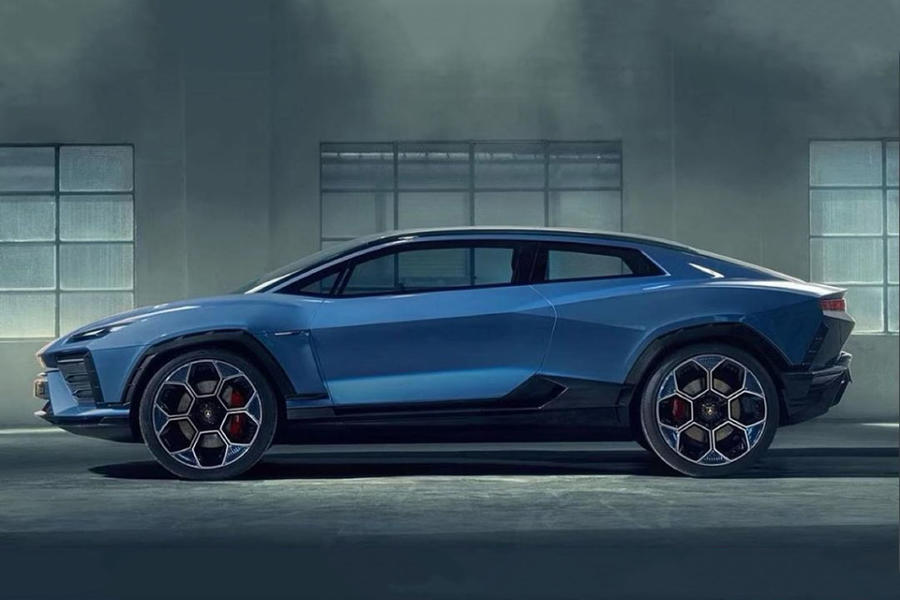
When it announced that it would unveil the concept at Monterey, Lamborghini said: “Ever since its foundation in 1963, Automobili Lamborghini has made one-off models that signal the technical and stylistic direction the company will take in the immediate future. These are design or technical prototypes or experimentation with new concepts to help develop the Lamborghinis to come. In the 1960s, these one-offs were very often show cars bound for motor show parades.
“In more recent years, the designation changed from “one-off” to a category created specially by Lamborghini: “few-offs”, essentially a limited run of cars for the most loyal customers that pre-empt or enhance the most advanced technical solutions that will be used on production cars in later years. The same formula will be repeated in just a few days at Monterey Car Week in California, where Automobili Lamborghini will present the prototype of its first 100% electric car.”
Further details, including technical specifications, are expected to be revealed tomorrow (18 August), when the Lanzandor makes its official debut.
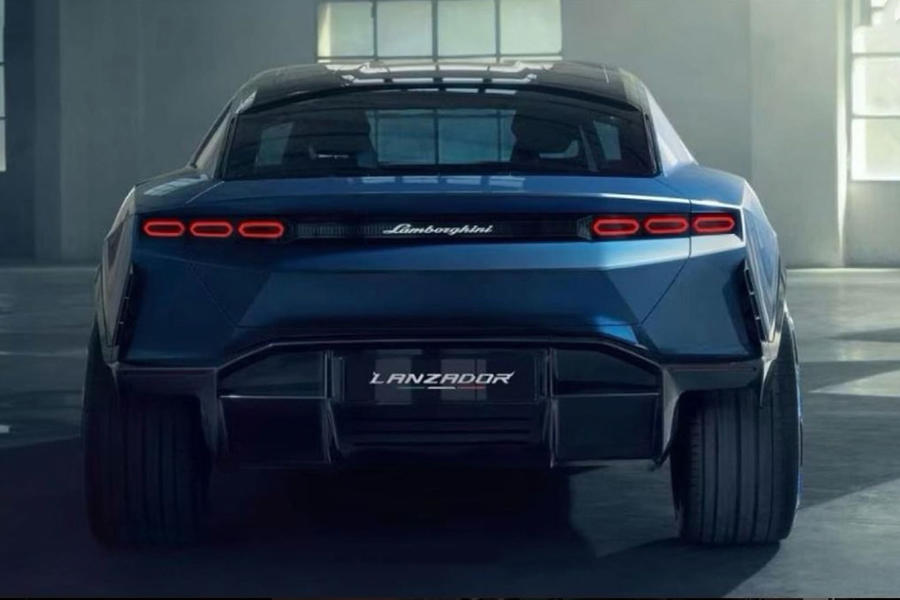
As previously reported by Autocar, the production Lanzandor will be followed in 2029 by an electric successor to the Urus SUV, giving Lamborghini a four-strong line-up of electrified sports cars by 2030. The Aventador-replacing Revuelto PHEV has now entered production in Sant’Agata, and the hybrid successor to the Huracán will be launched towards the end of next year.
Lamborghini CEO Stephan Winkelmann previously confirmed to Autocar that the strategy to launch the 2+2 and then the new Lamborghini Urus was a result of family-oriented customers being more open to going electric.
“For now, electrification suits these kinds of vehicles,” he said. “That will develop, but we must plan for what we know will work best today. There are definitions that I think no electric car in our sector has yet resolved sufficiently: not just acceleration and handling behaviour but also responsiveness, braking feel and multiple acceleration protocols. These are unproven in high-performance EVs and things we must spend the next years working out.”
The revelations from Autocar’s exclusive interview provide the first details to support Lamborghini’s stated electrification plan, announced in 2021.
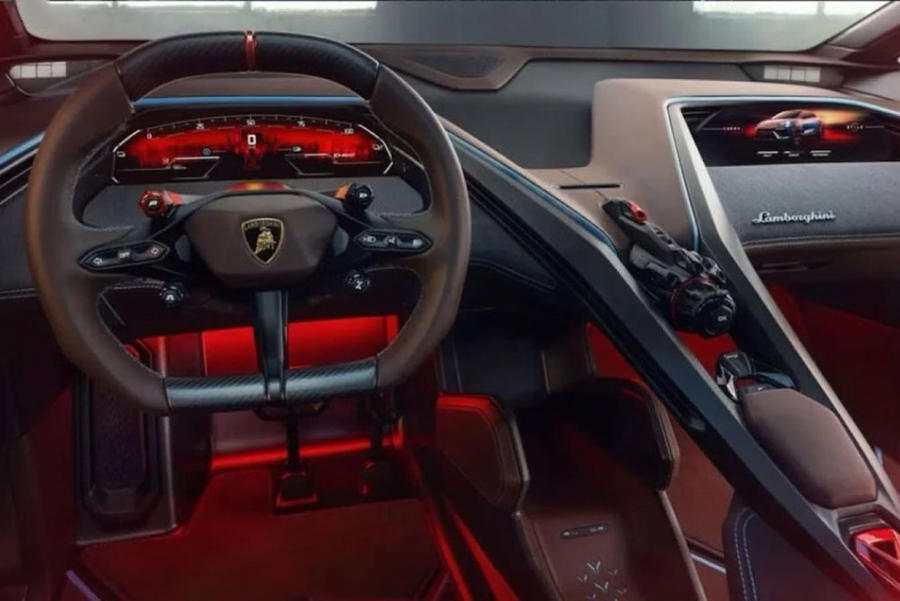
Called Direzione Cor Tauri, referring prosaically to the Latin name for a bull’s heart and the brightest star of the constellation of Taurus, the plan lays out a three-step strategy towards electrification.
The initial stage, a celebration of pure-ICE specials, concluded last year, ahead of the launch of Lamborghini’s first plug-in hybrid, the Revuelto, which is now sold out until 2026.
By the end of 2024, all three of Lamborghini’s models – the Aventador, Huracán and Urus – will be sold as plug-in hybrids.
That will allow the company to record official CO2 outputs at half of its 2022 levels by 2025, the pair of EVs then providing a further significant reduction.
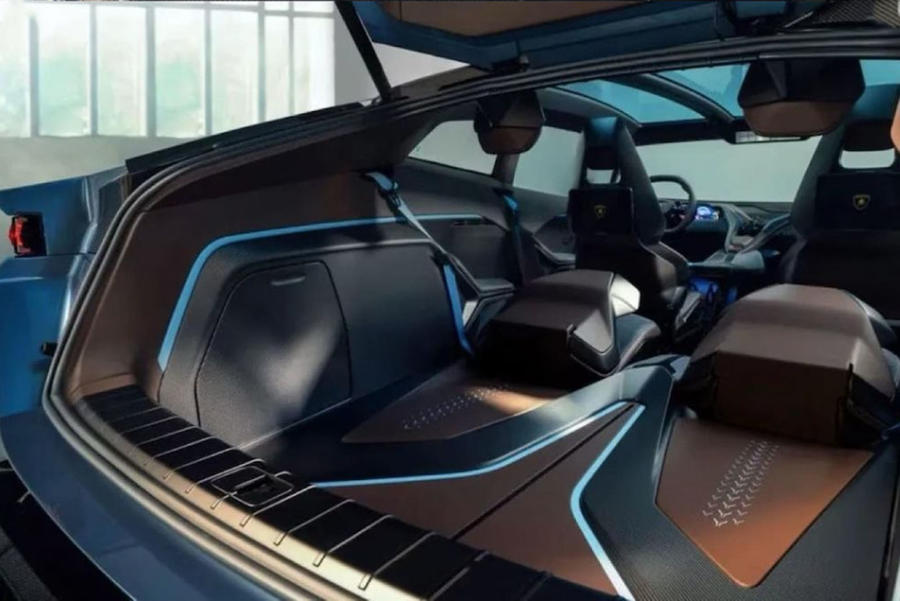
“What’s clear is that customer perceptions have shifted,” said Winkelmann.
“They are aware of the legislation and interested in the technology so long as it marries sustainability with enhanced performance from what has gone before.
“That’s why [Lamborghini’s] hybridisation phase is coming first: that has been digested and accepted by the customer base. Even the majority of petrolheads say that they have accepted our vision on that. And in turn, that opens the door for a new breed of customer to look at full electrification.”
Q&A: Stephan Winkelmann, Chairman and CEO, Lamborghini
Does electrification open up the possibility of even more Lamborghini model lines?
“Going from a two-model company to a three-model company [with the Urus in 2018] was a huge step. The investment, in terms of money and people, is huge. We must make each step work before we look to take further ones. The new car is our next hurdle.”
Given its success, how much does the Urus protect you?
“It definitely gives us more stability. At the time, launching it felt like a real bet, but it has been a huge success and given us the space to invest in a fourth model line. If we hadn’t done it, it wouldn’t have just been our future that would be harder but also our present.”
Is there more room in the market for other SUVs?
“There are limits to what we can do, both in terms of production numbers, which we don’t want to extend too far, and in terms of pricing, which we don’t want to take too low.”
What about more special editions?
“We will continue to make them once in a while but always with an eye not to overload the market. The market is still very buoyant for super-special cars, but we have to explore what’s feasible. The key here is we pre-explore the opportunities, pre-selling to customers who buy into the ideas. If the interest isn’t there, then we don’t have to take a risk.”
Additional reporting by Charlie Martin
Source: Autocar
